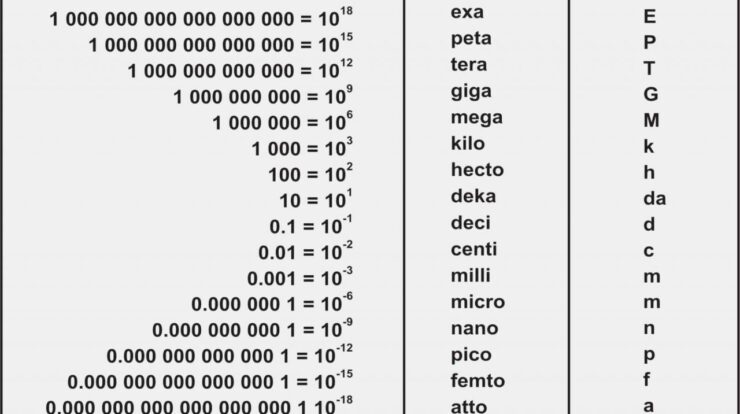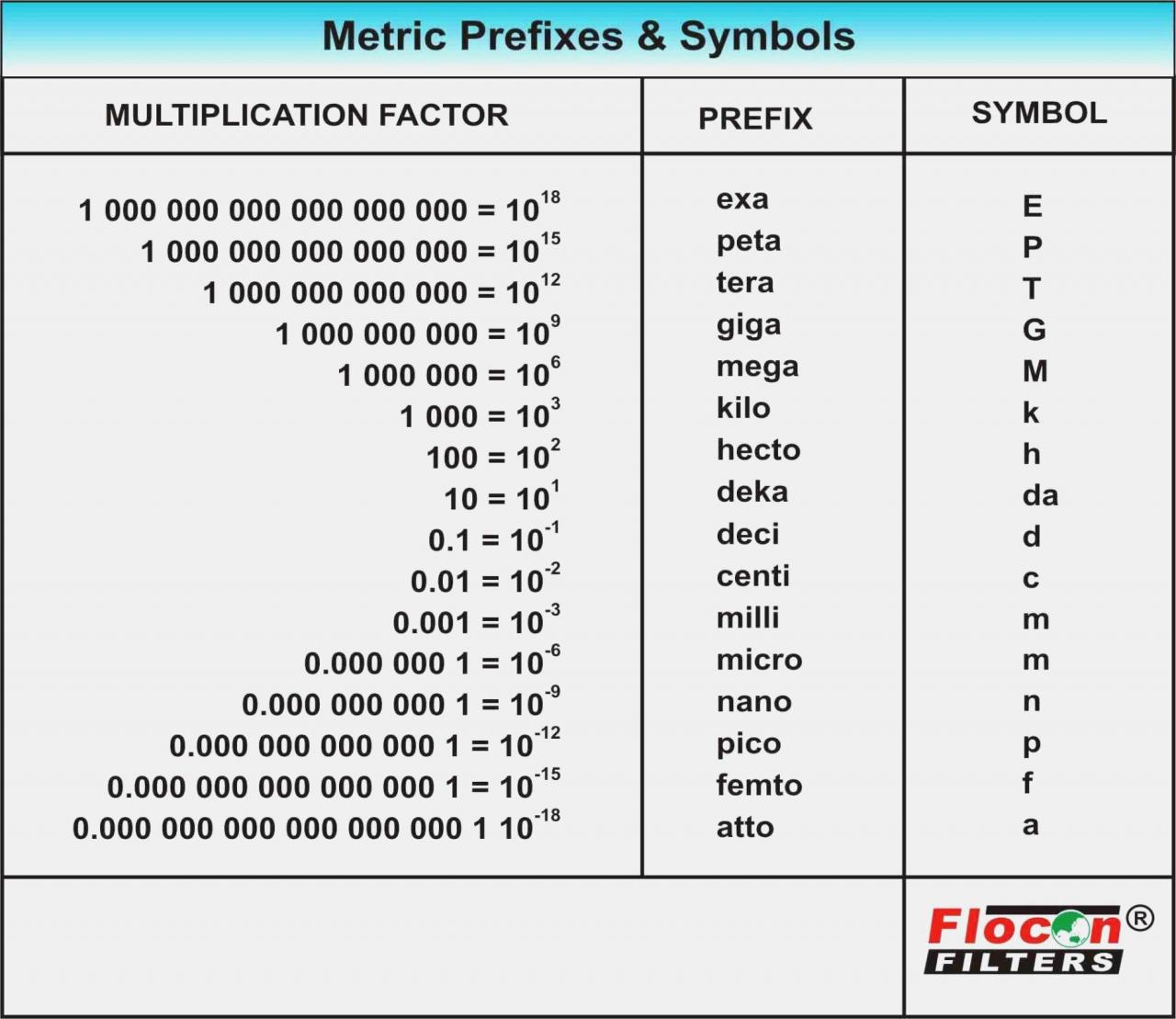
Pico measurement, the art of quantifying minuscule quantities, opens a window into the realm of the ultra-precise. This meticulous discipline plays a pivotal role in diverse scientific and engineering domains, empowering researchers and innovators to delve deeper into the intricacies of the physical world.
Pico measurements, spanning electrical, optical, and mechanical domains, empower scientists and engineers to characterize and manipulate phenomena occurring at lightning-fast timescales and infinitesimal scales.
Pico Measurement Basics

Pico measurement is the study and analysis of phenomena that occur at the picosecond (ps) level, where one picosecond is one trillionth of a second. Pico measurement is essential in various fields, including electronics, optics, and materials science.
The units used in pico measurement are the picoampere (pA), the picowatt (pW), and the picosecond (ps). These units are used to quantify electrical current, power, and time, respectively.
Pico measurement offers several advantages, including high precision, accuracy, and sensitivity. However, it also has limitations, such as the need for specialized equipment and the potential for noise and interference.
Pico Measurement Techniques
There are various techniques used for pico measurement, depending on the specific application.
Electrical Pico Measurement
Electrical pico measurement involves measuring electrical signals at the picosecond level. This can be done using picoammeters, which are highly sensitive current meters.
Optical Pico Measurement
Optical pico measurement involves measuring optical signals at the picosecond level. This can be done using streak cameras or ultrafast lasers.
Mechanical Pico Measurement
Mechanical pico measurement involves measuring mechanical vibrations at the picosecond level. This can be done using laser Doppler vibrometers or scanning probe microscopes.
Pico Measurement Instrumentation
There are various types of instruments used for pico measurement, each with its own specifications and capabilities.
Picoammeters
Picoammeters are used to measure electrical current at the picoampere level. They are typically used in applications such as semiconductor testing and circuit analysis.
Picovoltmeters
Picovoltmeters are used to measure electrical voltage at the picovolt level. They are typically used in applications such as sensor calibration and battery testing.
Picosecond Oscilloscopes
Picosecond oscilloscopes are used to measure electrical signals at the picosecond level. They are typically used in applications such as high-speed data acquisition and signal analysis.
Pico Measurement Applications
Pico measurement has a wide range of applications in various fields.
Electronics and Semiconductors, Pico measurement
Pico measurement is used in the electronics and semiconductor industries to characterize and test high-speed devices.
Biomedical Engineering
Pico measurement is used in biomedical engineering to study the electrical activity of cells and tissues.
Materials Science
Pico measurement is used in materials science to study the properties of materials at the atomic and molecular level.
Nanotechnology
Pico measurement is used in nanotechnology to characterize and manipulate materials at the nanoscale.
Pico Measurement Data Analysis
Pico measurement data analysis involves processing and interpreting the data obtained from pico measurement instruments.
The challenges in pico measurement data analysis include noise and interference, as well as the need for specialized software and algorithms.
Best practices in pico measurement data analysis include using appropriate filtering and averaging techniques, as well as validating the data using multiple measurement techniques.
Closing Notes

Pico measurement stands as a testament to human ingenuity, enabling us to explore the frontiers of science and technology. Its applications, spanning fields as diverse as electronics, medicine, and materials science, continue to expand our understanding of the world around us and pave the way for groundbreaking advancements.
Essential Questionnaire
What is the significance of pico measurement?
Pico measurement enables the precise quantification of minute quantities, unlocking insights into phenomena occurring at ultra-fast timescales and infinitesimal scales.
What are the advantages of pico measurement?
Pico measurement offers unparalleled precision and accuracy, allowing researchers to delve deeper into the intricacies of complex systems and phenomena.
What are the limitations of pico measurement?
Pico measurement requires specialized instrumentation and expertise, and can be susceptible to noise and environmental factors.






